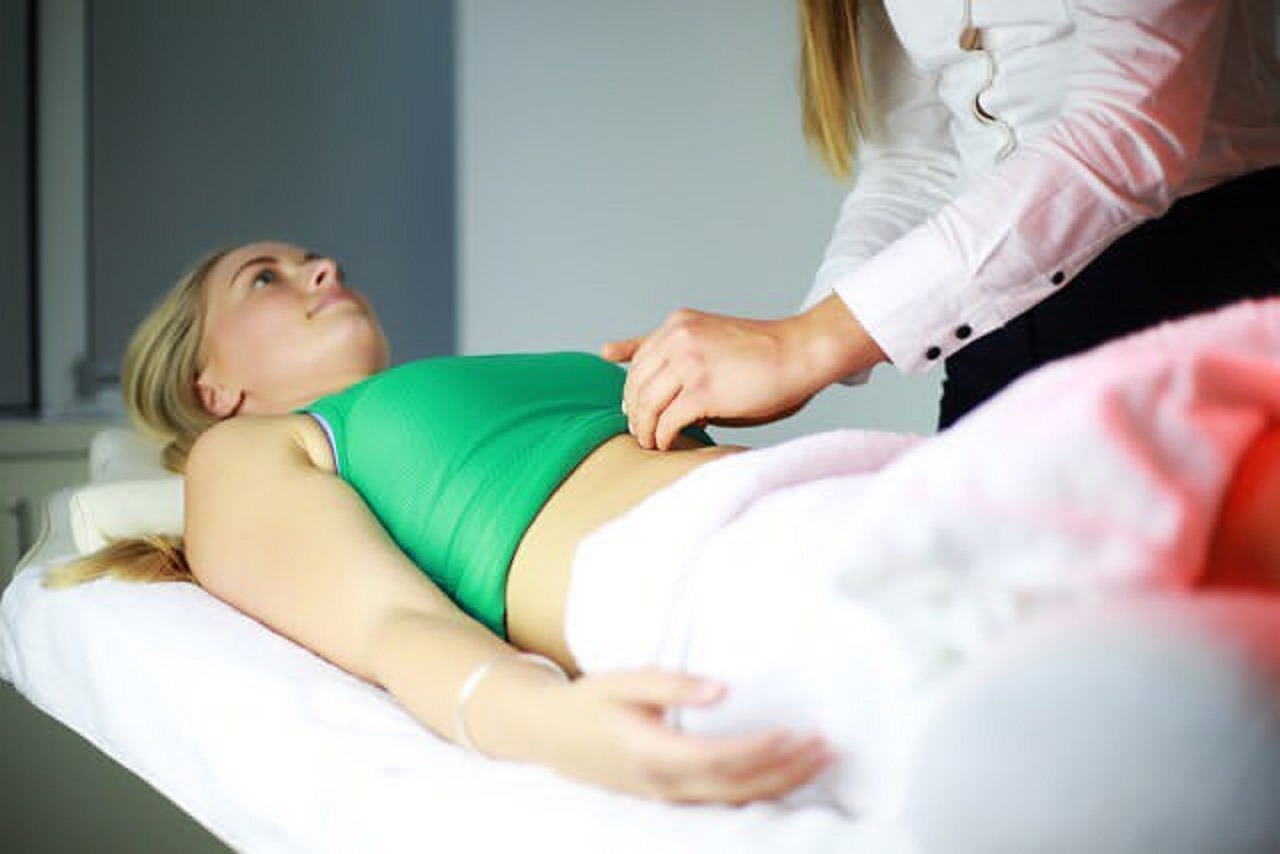Traditional Chinese Medicine (TCM) involves ancient and natural healing methods that recognize the cohesive and unbreakable relationship between the body, mind, and spirit. TCM offers many therapeutic methods designed for patients to achieve and maintain optimum health. Although used for centuries, these methods are still largely unfamiliar to those accustomed to Western-style medicine. In this article, we take a brief look into the six most popular modalities in TCM and discuss how they may help you along your health journey.
- Acupuncture: During an acupuncture session, the practitioner inserts needles into the superficial skin, subcutaneous tissue, and muscles. The needles are positioned at precise acupuncture points and then manipulated for the desired result. TCM teaches that the human body has as many as 2,000 acupuncture points, each connected along 12 primary meridians. These meridians conduct energy, known as “Qi,” between the body’s surface and the internal organs. Traditionally, acupuncture was credited for balancing Yin and Yang, facilitating the normal flow of “Qi” throughout the body, and allowing total health to return to the mind and body. Read more about Acupuncture here.
- Qigong: Qigong is a centuries-old body therapy. It is a blend of movement and focused concentration. Unlike energy work that is done on you, in qigong, you learn how to do movements yourself. These movements are scientifically shown to enhance blood flow to organ systems, produce the anti-aging enzyme Superoxide Dismutase, and reduce overall stress levels in the body. Qigong is appropriate for treating chronic pain, musculoskeletal problems, and all problems of circulation.
- Moxabustion: During this procedure, the moxibustion therapist burns dried moxa – otherwise known as mugwort root – to stimulate the healing process. Burning moxa results in a significant amount of smoke, as well as a pungent odor that is similar to cannabis. Moxibustion warms the blood, encourages the flow of Qi, and strengthens the kidney Yang. This therapy is often used to treat and eliminate menstrual pain.
- Cupping: Cupping is a form of Chinese massage that is gaining acceptance rapidly here in the United States. The technique uses glass or plastic “cups” warmed with a cotton ball or other flammable material. The cotton ball is then placed inside the cup to eliminate oxygen before the cup is placed on the body. When the air in the cup cools, the lower pressure creates suction against the skin. Cupping increases blood circulation and relieves muscle tension, improves overall blood flow and promotes cell repair. Fleshy areas of the body, such as the back and stomach, are typically preferred for optimal results. Read more about cupping therapy here.
- Chinese Herbal Treatments: The natural elements most commonly used by TCM practitioners represent various leaves, roots, stems, flowers, and seeds, such as cinnamon bark, ginseng, ginger, and licorice. As a treatment, Chinese herbology combines the herbs into a formula, typically delivered in the form of a tea, capsule, liquid extract, granule, or powder. Read more about Chinese herbs here.
- Chinese Nutrition: Nutritional advice influenced by TCM takes into account Chinese understandings of the effects of food on the human body as an organism. The method considers a balanced diet to include all five tastes—spicy (warming), sour, bitter or salty (cooling), and sweet (strengthening). Foods exhibiting a particular “taste” are associated with specific properties that interact with each other and the body. Chinese nutrition does not teach “forbidden foods” or “one size fits all” diets; instead, it looks at diet and nutrition as the first line of defense against personal and specific health issues. Talk to a certified nutritionist and TCM practitioner.
If you have never ventured outside of the methods of Western medicine but are intrigued by the time-tested techniques described above, give Longevity Wellness Clinic a call today. We are happy to address any questions or concerns you may have regarding TCM, natural health and wellness, and nutrition.



